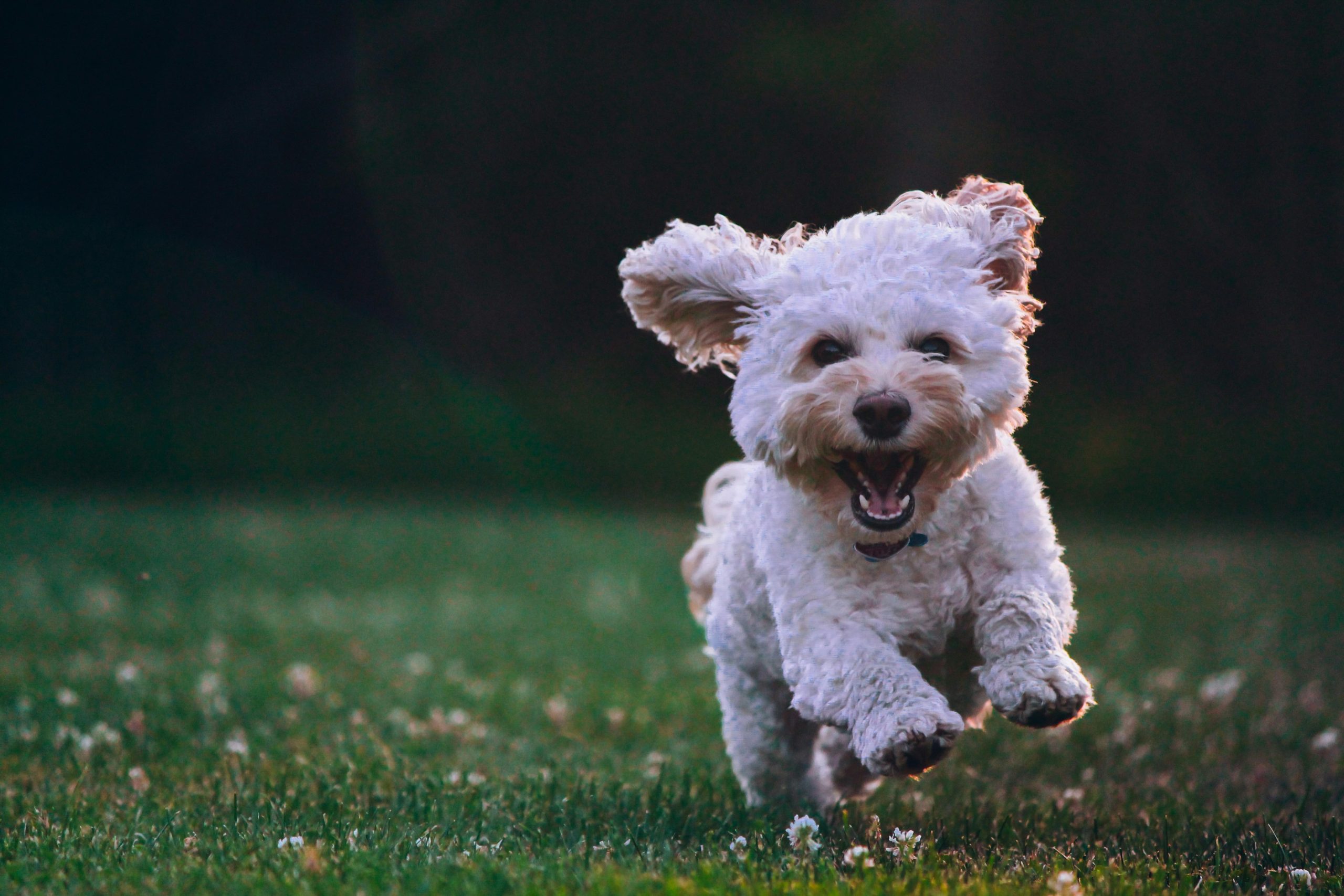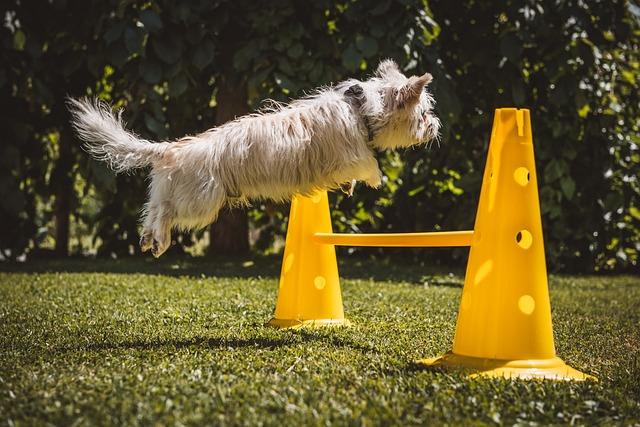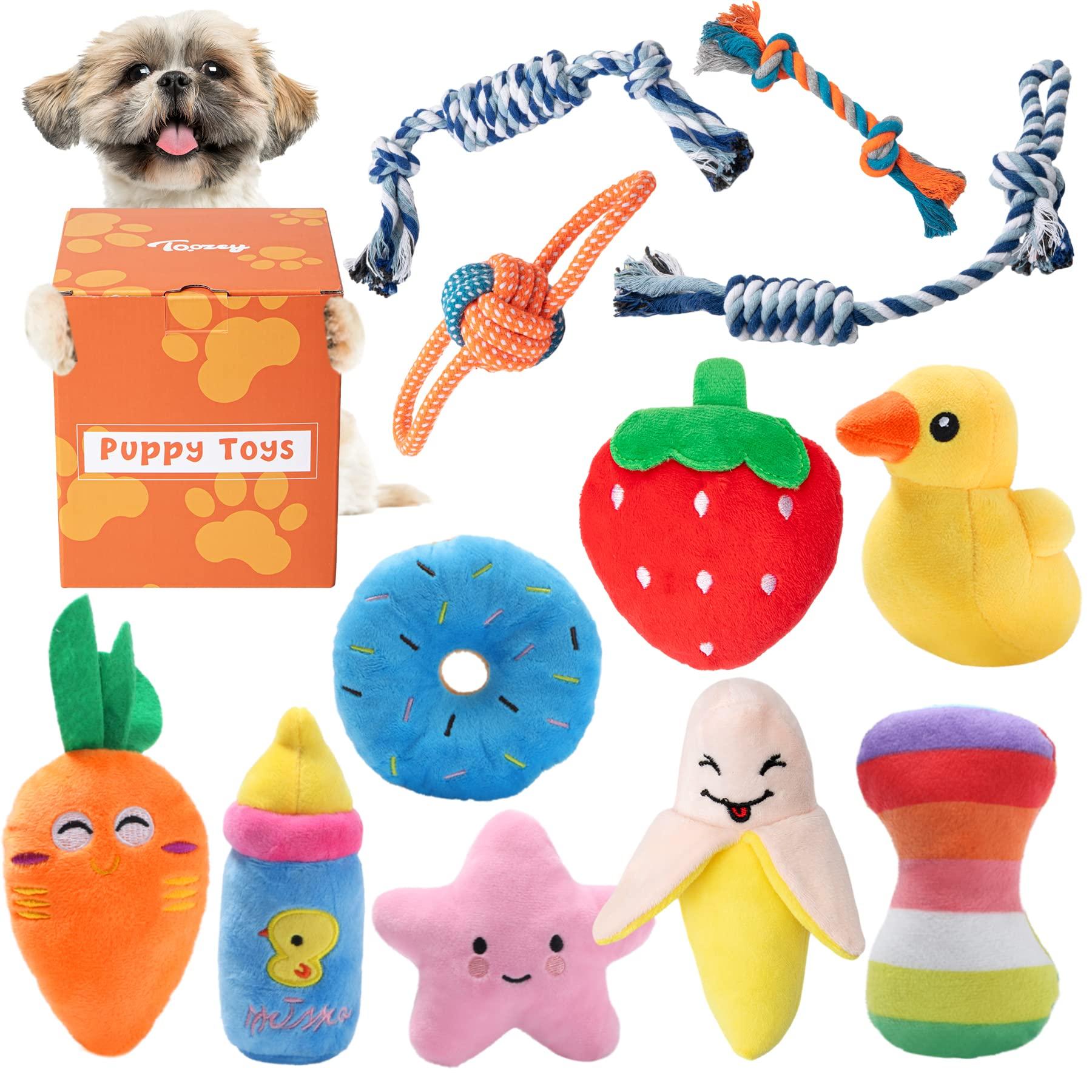Solutions for Dogs That Destroy Household Items

Dogs are beloved companions in countless households, offering loyalty, affection, and joy. However, for many pet owners, the challenge of dealing with dogs that destroy household items can be a significant source of frustration. Whether it’s chewed furniture, shredded cushions, or gnawed shoes, these behaviors can lead to stress and strained relationships between humans and their canine friends. Understanding the underlying causes of such destructive behavior is crucial in finding effective solutions. This article aims to provide practical strategies and insights to help dog owners address and mitigate the problem, ensuring a harmonious living environment for both pets and their families. By exploring the reasons behind these actions and offering actionable advice, we seek to equip pet owners with the tools needed to promote positive behavior and safeguard their homes.
Understanding the Root Causes of Destructive Behavior
When addressing the issue of dogs that seem to have a penchant for chewing up household items, it’s essential to consider the underlying reasons for such behavior. Destructive behavior in dogs can often be attributed to several root causes, each requiring a tailored approach for effective management. Some of the most common factors include:
- Boredom: Dogs that lack sufficient mental and physical stimulation may turn to destruction as a form of entertainment. Ensuring that your dog has plenty of engaging toys and regular playtime can help mitigate this.
- Anxiety: Separation anxiety or environmental stressors can lead to destructive habits. Identifying and addressing the sources of anxiety, perhaps with the help of a professional, can be a crucial step in resolving these issues.
- Lack of Training: Without proper training, dogs may not understand which items are off-limits. Consistent and positive reinforcement training can guide them towards appropriate behaviors.
- Teething: Puppies, in particular, may chew on items to relieve the discomfort of teething. Providing suitable chew toys can redirect this natural behavior away from your belongings.
Understanding these causes allows pet owners to adopt more empathetic and effective strategies, leading to a harmonious coexistence with their furry friends.

Effective Training Techniques to Curb Destructive Chewing
When tackling the issue of a dog’s destructive chewing, it’s essential to understand that this behavior often stems from boredom, anxiety, or teething. To effectively address this, consistency and patience are key. Begin by offering a variety of chew toys that are both safe and durable. Rotate these toys regularly to keep your dog’s interest piqued. Additionally, employing positive reinforcement can work wonders. Whenever your dog opts for a toy instead of your favorite pair of shoes, offer a treat or verbal praise to reinforce this desirable behavior.
Another technique is to incorporate structured playtime and exercise into your dog’s daily routine. A tired dog is less likely to engage in destructive chewing. Consider activities like fetch, agility exercises, or even a brisk walk to expend excess energy. Furthermore, training sessions focused on basic commands such as “leave it” or “drop it” can be incredibly effective. Consistently rewarding your dog for responding correctly to these commands will help curb their chewing tendencies. Lastly, ensure that your dog is not left unsupervised in areas where they might be tempted to chew on inappropriate items, and use baby gates or crates as necessary to manage their environment.

Engaging Toys and Alternatives to Protect Your Belongings
Finding the right toys for your dog can be a game-changer when it comes to saving your belongings from destruction. Interactive toys that stimulate both the mind and body can significantly reduce boredom-induced behavior. Consider puzzle toys that dispense treats, which can keep your furry friend engaged for hours. Additionally, chew toys made from durable materials like rubber or nylon can satisfy their natural urge to chew without damaging your furniture or shoes.
For those times when toys aren’t enough, consider some clever alternatives. DIY enrichment games, such as hiding treats around the house or creating a snuffle mat, can provide mental stimulation and tire your dog out in a constructive way. Rotating toys every few days can also keep things fresh and exciting for your pet. Moreover, training your dog with positive reinforcement techniques can encourage them to focus their energy on more appropriate activities, rather than on your cherished household items.

Creating a Safe and Stimulating Environment for Your Dog
Ensuring your furry friend has a safe and stimulating environment is crucial in preventing destructive behaviors. Start by providing a variety of chew toys that cater to different chewing preferences. Opt for durable toys made of rubber or nylon, which can withstand enthusiastic gnawing, and rotate them regularly to keep your dog interested. Additionally, consider puzzle toys that dispense treats to engage your dog’s mind and satisfy their natural foraging instincts.
- Chew Toys: Choose robust options that suit your dog’s size and chewing style.
- Puzzle Toys: Introduce treat-dispensing toys to mentally stimulate and reward your pet.
- Safe Spaces: Designate a secure area in your home where your dog can retreat to relax and feel safe.
- Daily Exercise: Ensure your dog receives regular physical activity to burn off excess energy.
Additionally, creating a designated safe space for your dog can help them feel secure and reduce anxiety-driven destruction. Use baby gates to section off areas where they can play without access to household items that could be tempting targets. Always supervise your pet, especially when introducing new toys, to ensure they use them safely. Regular exercise is also essential, as a tired dog is less likely to engage in destructive behavior. By focusing on these strategies, you can create a harmonious home environment that supports your dog’s well-being.



